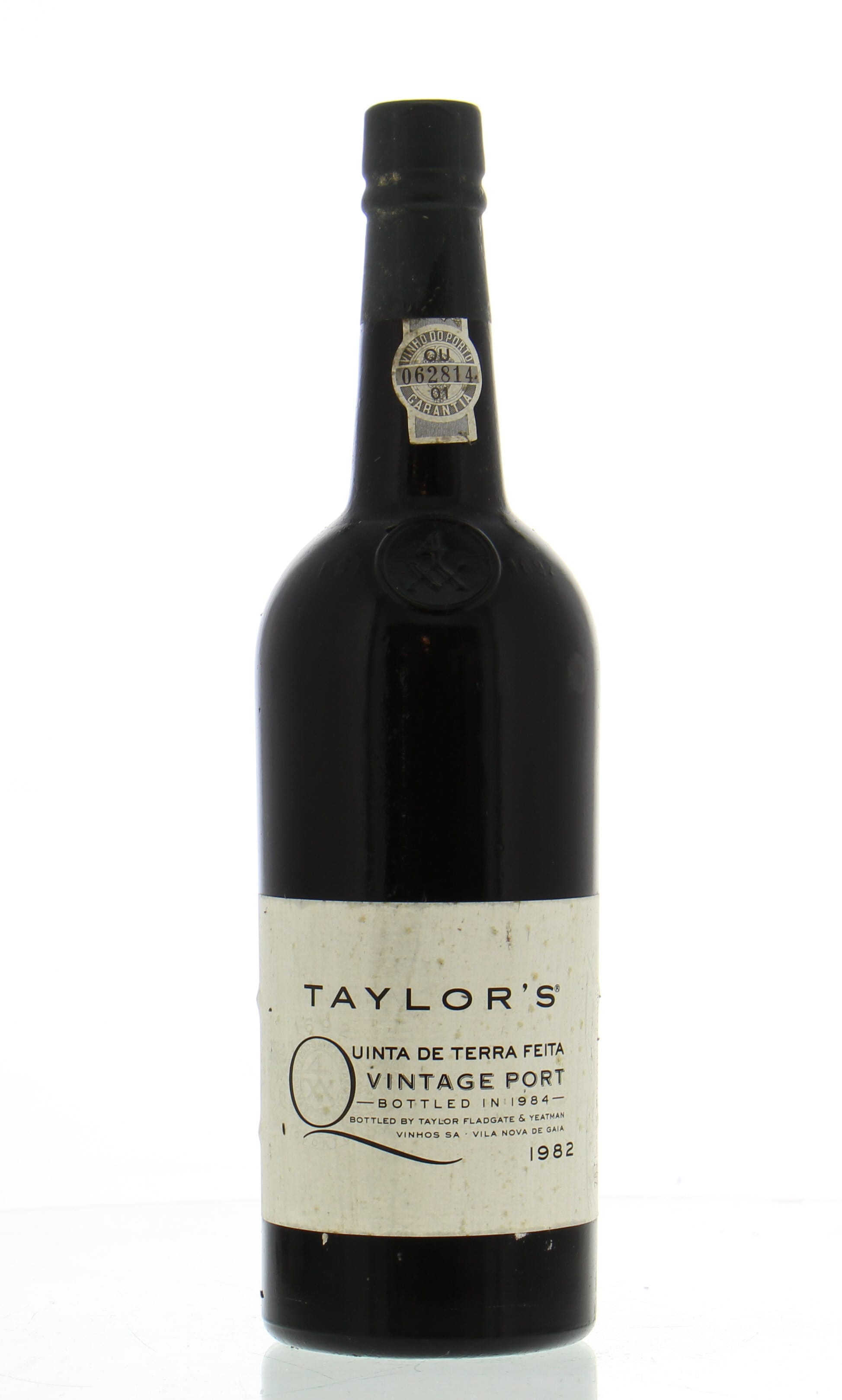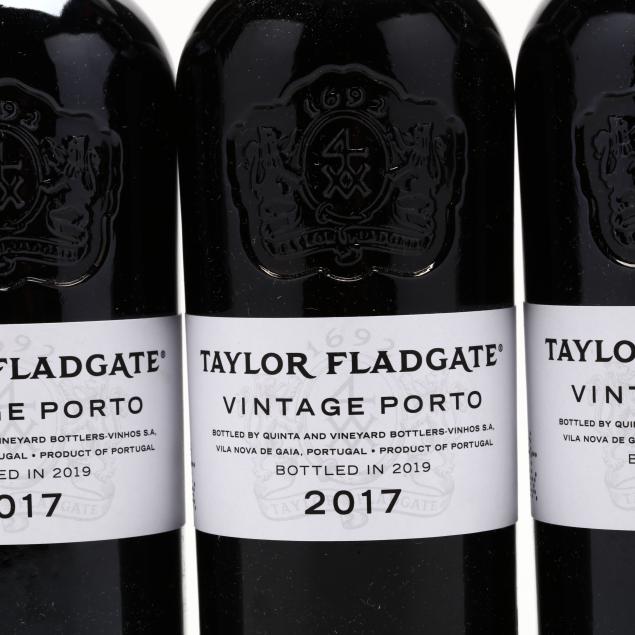

It also increases the sugar content, which is why it’s often considered a dessert wine. The brandy halts the fermentation process and retains those intense fruity flavors. This process is what makes the port a “fortified” wine. Once the alcohol levels have reached roughly 7%, brandy or other alcohol is added to the young wine. The pressed grapes: skins, seeds, juice and all, are then allowed to ferment for around 7 days. While many vineyards now use mechanical pressers, some still use the traditional method: human feet! The grapes are then pressed to extract the juice. The port grapes grow throughout the hot, dry summer and are harvested in fall. (See where I’m going here.)īy the time the wine reached England, it had a reputation for being sweet, high in sugar, high in alcohol, and richly flavored. In taking their business elsewhere, the English discovered the Portuguese were happy to fill the gap with wines from Douro!īecause the bumpy voyage from Porto to England could cause the wines to spoil, the British often added a little brandy to the casks to fortify it. With Claret off the table (literally) England needed something to take its place. You see, continuous wars with France during the 17th and 18th century essentially lead to a boycott of French wines like Bordeaux. Tinto Cao – crisp acidity, velvety textureĭouro’s first shipment of wine labeled Porto was recorded in 1678.Īs you may have imagined if you’ve watched too much BBC (guilty as charged), the Great British Empire had a hand in its popularity.Tinto Roriz – resin flavors, aromatic and structured wines.Touriga Nacional – blueberry, vanilla, high in tannins.Touriga Franca – raspberry, cinnamon, floral.White Grapes include Rabigat, Viosinho, Malvasia, Gouveio. While Tawny and Ruby port are both made from red grapes.Įach bottle of port contains several different types of grape and may even be from several different vineyards! (Around 30!) Each contributes a slightly different flavor to the wine. There are several varieties of these port grapes. Since the port is only from one area of Portugal, there are only specific grape varieties that can be used to make it! This allows innumerable combinations of yields to create complex and exciting port wines for us! The Grapes
Taylor port wine full#
Most soil comes from the river banks and is full of fine soil or slate-like rock.īut the altitude, wind exposure, sun exposure, and access to water all differ.

This makes the wine sweeter with higher residual sugar levels and dried fruit flavours.īecause of this sweetness, the port is often served as a dessert wine. In fact, it is the world’s most popular fortified wine.įortifying wine involves adding some additional alcohol during the fermenting process.


 0 kommentar(er)
0 kommentar(er)
